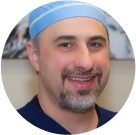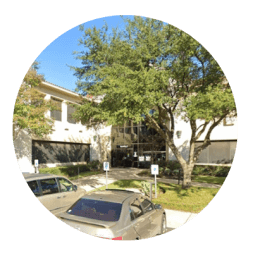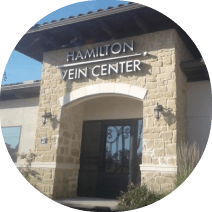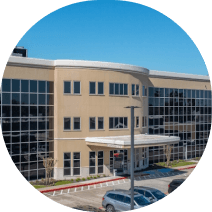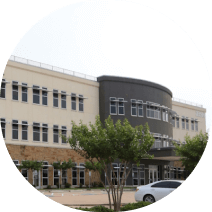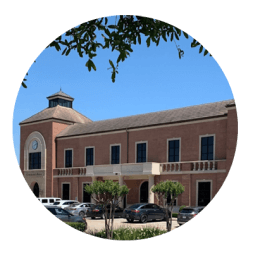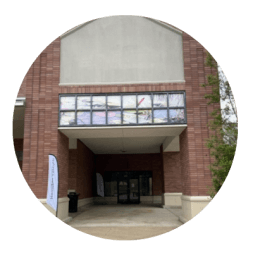Expert Treatment for Venous and Vein Disease
Vein disease, also called venous disease, can develop over months or years from malfunctioning vein valves in legs. Normally functioning valves prevent backflow of blood down the legs and keep blood moving towards the heart. But in a patient with vein disease, broken valves do not hold a seal and blood pressure builds up in the lower legs, resulting in leg swelling and skin changes.
Request a vein disease consultation if you experience any of these symptoms:
- Pain in the legs, including cramping, aching, and heaviness
- Darkening of the skin around the lower legs, ankles and feet
- Thick skin on the lower legs and ankles
- Swelling of the legs, restless legs
- Varicose and/or spider veins on the legs
- Chronic pelvic pain

Our Leg Experts Can Help!
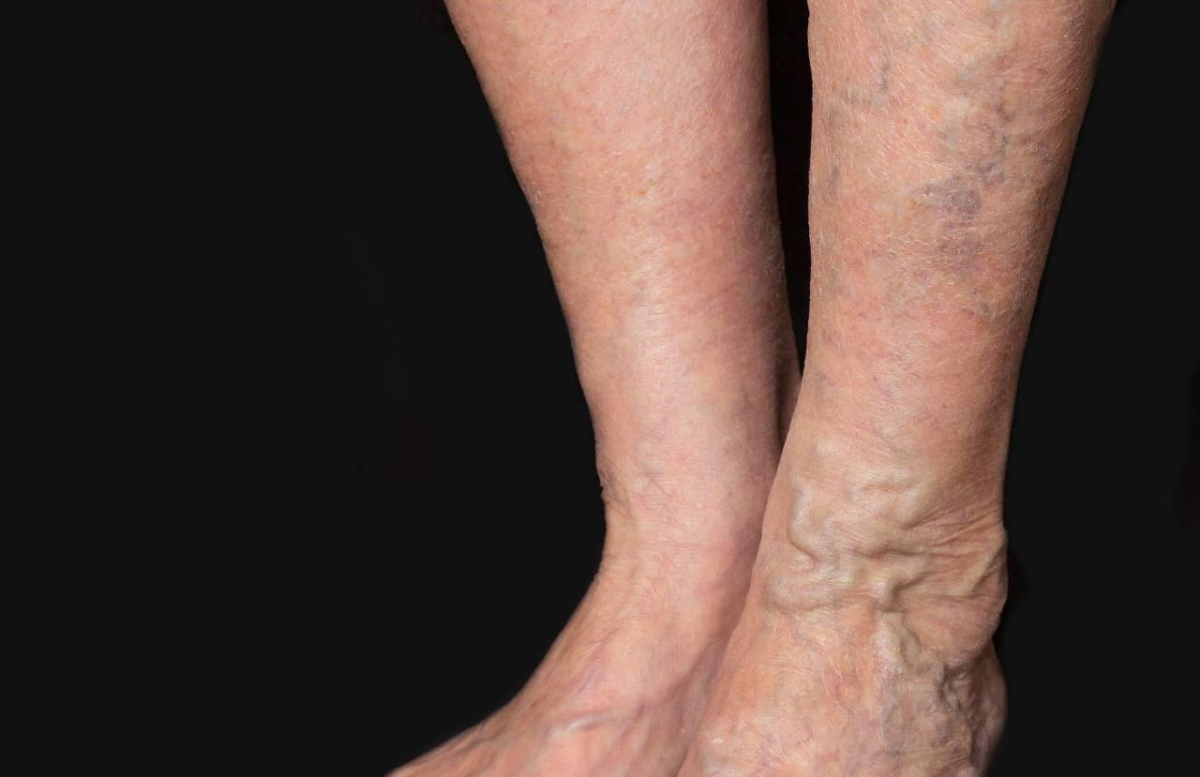
Before & After
StrideCare, formerly Hamilton Vascular, is your premier vein center for venous disease treatment. Our results speak for themselves.
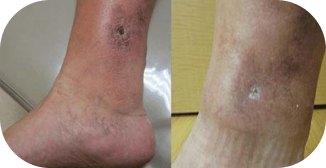
Before After
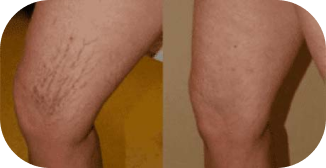
Before After
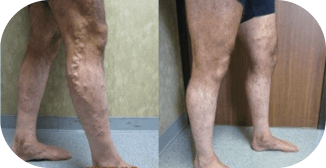
Before After
What Causes Vein Disease?
Anything that physically damages vein valves can lead to vein disease. One common cause is when blood clots form in veins. Once clots dissolve, they leave scar tissue and permanent damage on the valves, preventing them from opening and closing properly.
Some patients are predisposed to malfunctioning valves due to genetics and family history. Women with multiple pregnancies are at a higher risk of developing vein disease.
Additionally, vein disease is associated with being overweight. Finally, weakness in leg muscles that squeeze blood back to the heart can also contribute to the development of vein disease.
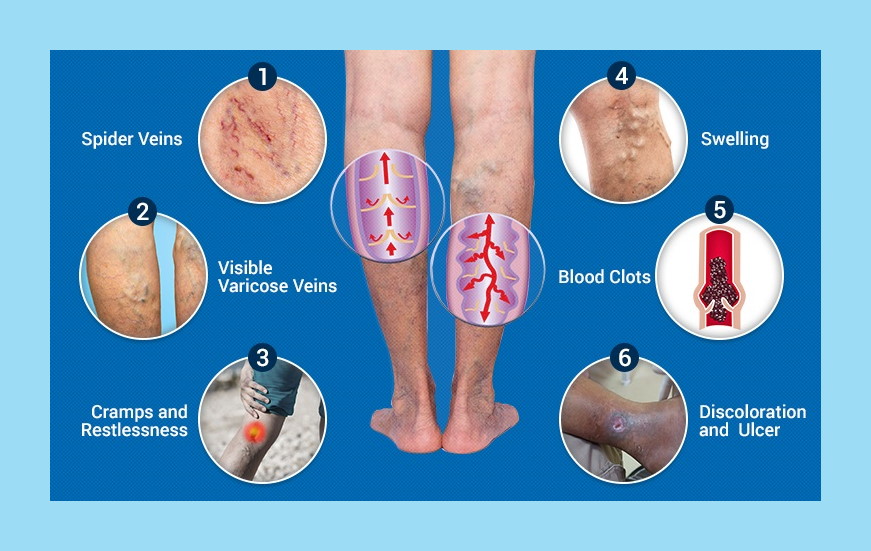
Call 866-552-4866 to schedule your consultation with an expert!
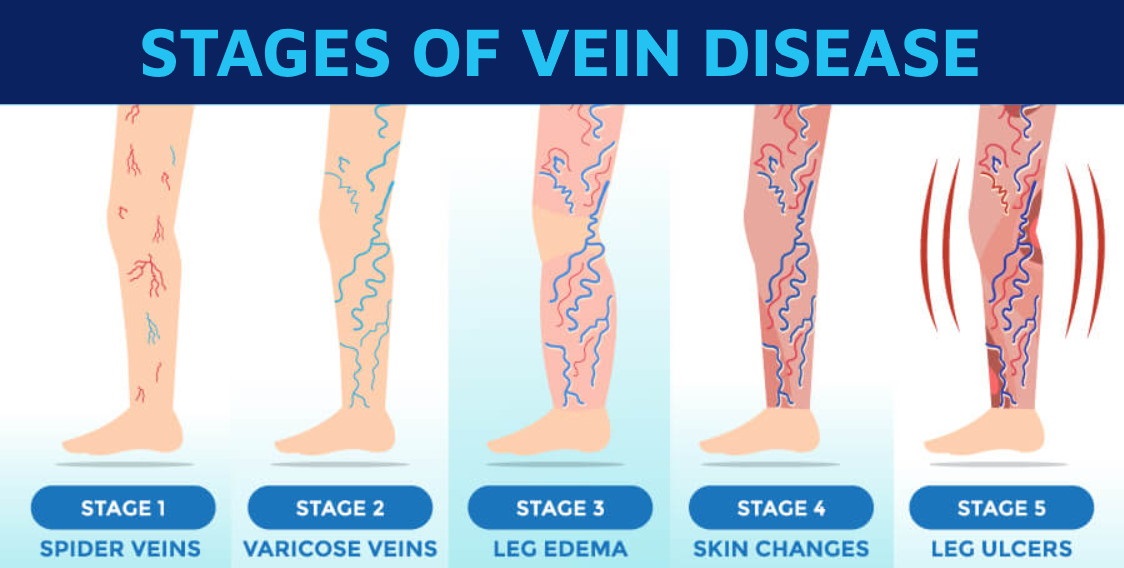
What are Vein Disease Symptoms?
Vein disease begins with small varicose veins, and can gradually progress to larger veins. As new veins develop and symptoms worsen, legs may experience swelling. This tends to occur more with long periods of standing or sitting. Later in the disease process, leg ulcers develop that require medical treatment to heal.

Symptoms of Vein Disease Include:
- Swelling of the legs or ankles (edema)
- Pain that worsens with prolonged sitting or standing
- Pain that improves with leg elevation
- Cramping of the legs
- Throbbing sensation in the legs
- Achy, heaviness feeling in legs
- Itchy skin and sensation in the legs
- Thickening of the skin with “woody” changes
- Skin around the ankles changing colors to red or brown
- Wounds on the lower legs that do not heal, usually around and above the ankles
- Newly formed varicose veins
- Abnormally flaky skin, or abnormally moist skin
- Tightness in the calves
How is Vein Disease Treated?
The first step is to reduce to pressure in the veins. Our experienced vein doctors will recommend treatment options based on the cause of your leg condition, your health status, and your history.
Initial treatment usually includes compression stockings, leg elevation, exercise, weight loss, moisturizing the skin to prevent cracks, and prescription medications.
Some cases require a procedure to improve blood flow in deep veins of the legs, using angioplasty and/or stents. Typical patients benefit from advanced, minimally-invasive procedures that are safe, easy, fast, and effective in regaining quality of life.
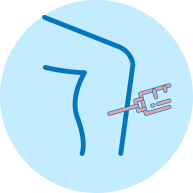
Sclerotherapy

Radiofrequency Ablation
Radiofrequency Ablation (RFA) is a minimally invasive outpatient treatment that treats superficial veins that are not functioning properly that could be causing pain in legs, swelling, discoloration, unhealing wounds by using radiofrequencies.

Microfoam Ablation
At StrideCare, formerly known as Hamilton Vascular, the goal of our recommended therapy is to increase venous return from the legs (push blood back up the leg), thereby decreasing symptoms associated with vein disease and preventing further venous disease progression.
Our doctors are vascular and vein experts, providing you with the safest choice for successful treatment of vein disease.
Call 866-552-4866 to schedule your consultation with an expert!
StrideCare
Patient Reviews



4.89 Average Online Review Score







Professional Affiliations

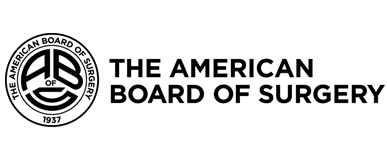


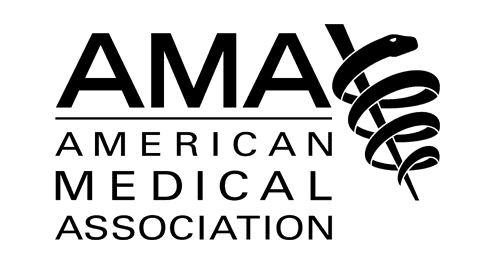
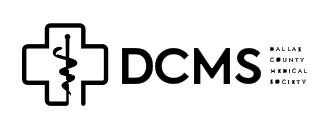


Call 866-552-4866 to schedule your consultation with an expert!





